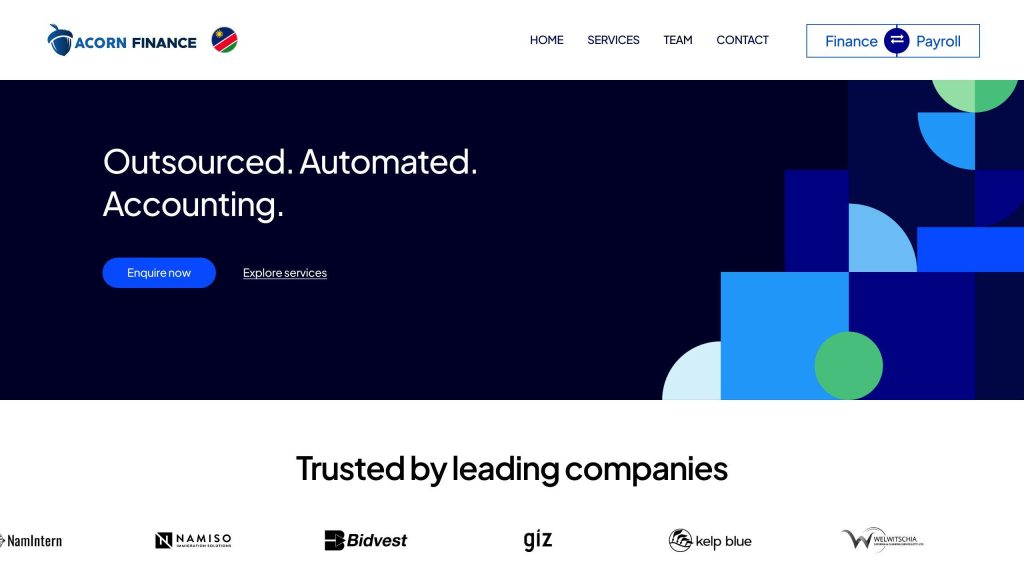With the advent of smartphones, tablets, and other technologies, does marketing have a future? There are several ways to think about this, including a One-to-many model, Voice-activated devices, and Virtual reality. These technologies are changing the way that marketers work, and it’s important to understand them.
Virtual reality
VR technology is an exciting new way to engage consumers. It provides an immersive experience that lets users explore places, try on clothing, and interact with products. This new technology can also be used in marketing campaigns, such as live events.
Several big companies have partnered with VR headset brands to increase their branding and storytelling. They have launched virtual stores that integrate with their e-commerce sites, and use hyper-personalized customer service.
One of the biggest challenges facing retailers is the cost of VR technology. However, it’s only a matter of time before the technology becomes more affordable. As it becomes more readily available, businesses will be able to better utilize it to drive sales.
Another challenge is protecting the privacy of consumers. Businesses need to be careful not to use hyper-personalized technologies that compromise their customers’ privacy.
Aside from promoting new products and services, VR can also be used to promote social causes. For instance, Qantas is exploring the opportunity of using VR to market its flights to Uluru-Kata Tjuta National Park.
In order to create a more engaging user experience, businesses must take a step back and examine their content creation and marketing campaigns. To be successful, virtual reality needs to be paired with traditional advertising and be carefully thought out.
Voice-activated devices
As voice technology continues to evolve, more businesses are looking to it to improve their marketing campaigns. Although the technology has not yet had a huge commercial impact, it is gaining ground rapidly.
Voice technology devices have the potential to revolutionize the way people do their daily activities. Smart speakers, for example, can set alarms, check commute times, and order household items. They are also a great way for brands to promote themselves.
Voice technologies are fast catching on in all industries. In fact, the market for speech recognition is expected to reach nearly $30 billion by 2026, according to Statista.
Many consumers are already comfortable with voice interfaces, including smartphones and smart speakers. The future of this technology is bright.
According to the Bright Local survey, 58% of consumers used voice search to find local businesses last year. More than half of those surveyed predict that their use of voice devices will increase in the coming years. This is particularly true for young adults.
The key players in the field include Google, Apple, and Amazon. These tech giants are working to fuel the growing trend of voice-first technology.
Consumers have a strong preference for solution-focused content in voice searches. Among those who regularly make purchases using voice technology, 22% do so directly, while another 17% reorder items via voice.
One-to-many marketing model
One-to-many marketing is an aptly named low-tech way of saying that a customer will be in contact with you. There are a number of ways you can engage customers in a personalized fashion, such as providing recommendations based on their purchase or browsing history. In addition, you can create web pages that prioritize information based on an individual’s liking or interest.
The one-to-many marketing model is an effective way to target your customers and increase your bottom line. Although it may not be the best choice for every industry, it is a good idea for any business that has a product to sell or a service to provide. For example, a fitness instructor could benefit from a membership program. This would give them a platform for collecting more data on their customers and creating a community around the brand.
The one-to-many model was not a particularly innovative feat until the advent of digital media. With the introduction of social networking, video sharing sites, and other online tools, marketers have more options than ever before. It is also a great way to make your eCommerce website stand out from the crowd. By sending tailored emails to your customers, you are able to better market your products and services. Ultimately, it’s a win-win.




